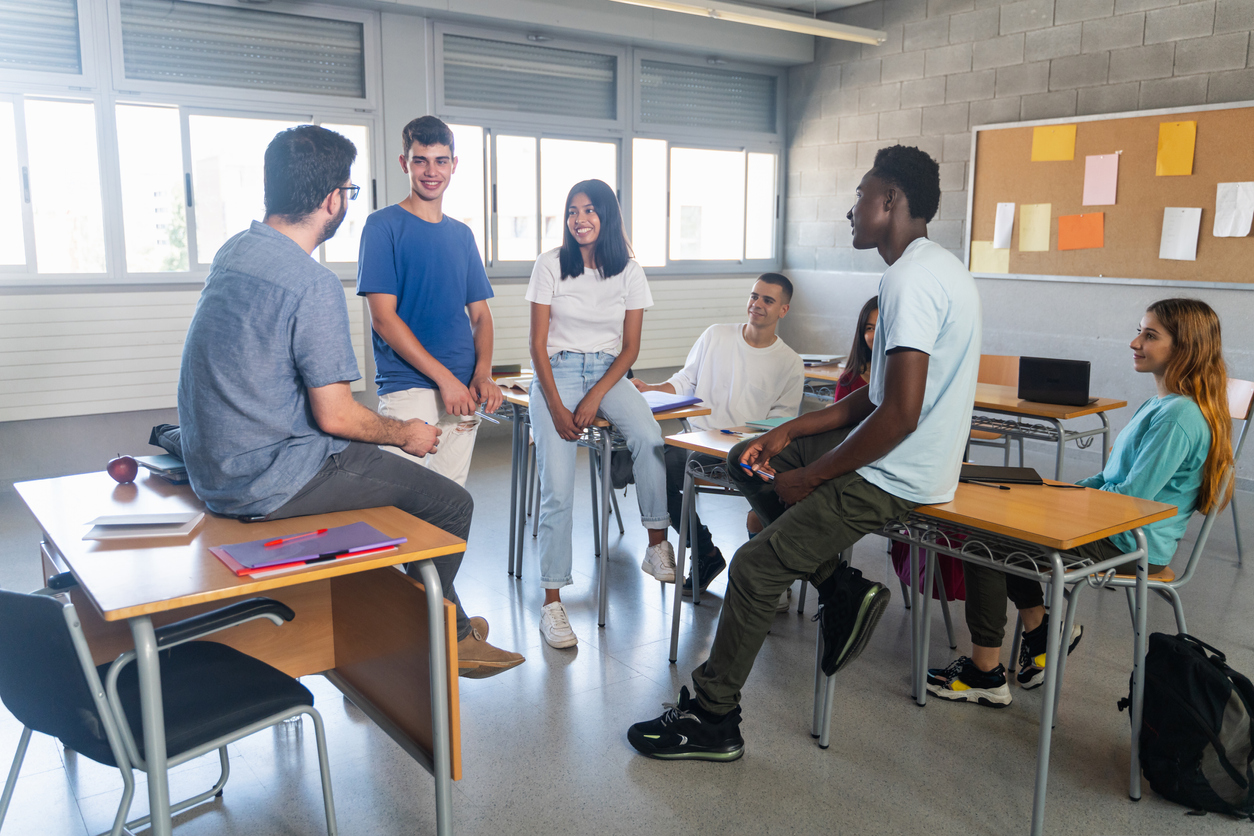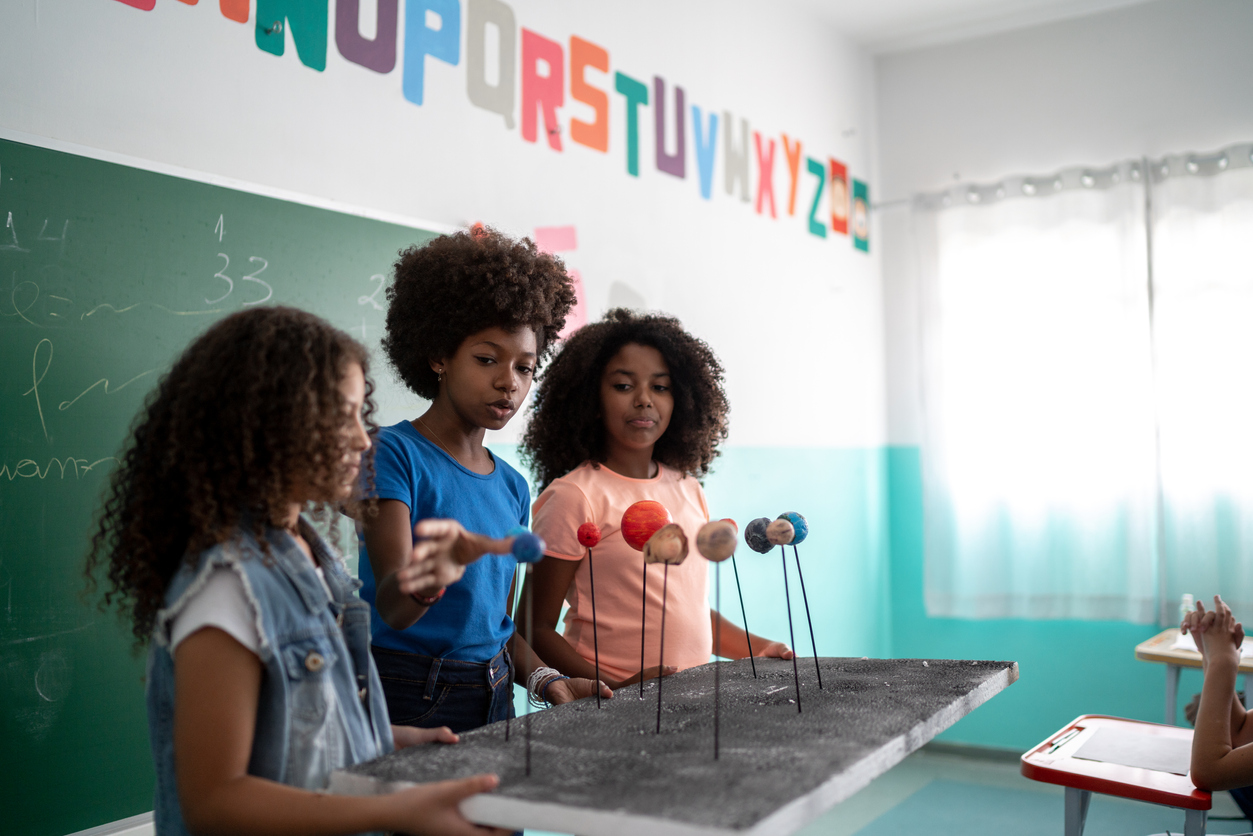Along with my C3 Teachers colleagues, S.G. Grant and John Lee, we have landed on three key inquiry processes that build a culture of trust in the classroom: deliberation, collaboration, and production.

Deliberation involves instructional practices that allow students to listen to each other’s ideas and speak about their own. This might include a Harkness Discussion, Think-Pair-Share, Take a Stand debate, or Socratic Discussion. These types of deliberative experiences engender respect for others and an appreciation for a pluralistic democracy where people hold different perspectives on life. Deliberative exercises build trust by fostering empathy between students and between teacher and students because they show that teachers trust their students to think about big ideas.
Collaboration involves instructional practices that allow students to work with others to problem solve through teamwork. This might include a Jigsaw, Question Formulation Technique (QFT) exercise, or Structured Academic Controversy. During collaborative experiences, students negotiate with others and learn to respect other ways of knowing and doing. If a task is “group worthy”, students learn to value team member’s strengths and to value their own contributions to the whole. These kinds of experiences build trust by creating interdependence between students and demonstrating that a teacher trusts their students to work with others.


Production involves instructional practices that allow students to construct meaningful work. This could include an evidentiary argument or a project (Public Service Announcement, Museum exhibit) or it could include important formative work like a map, timeline, or T-Chart. When students produce work, they risk putting their ideas out there and cultivate agency in the process. Healthy inquiry cultures allow students to explore frontiers and create forgiving spaces to learn and grow. In doing so, they build classroom trust.